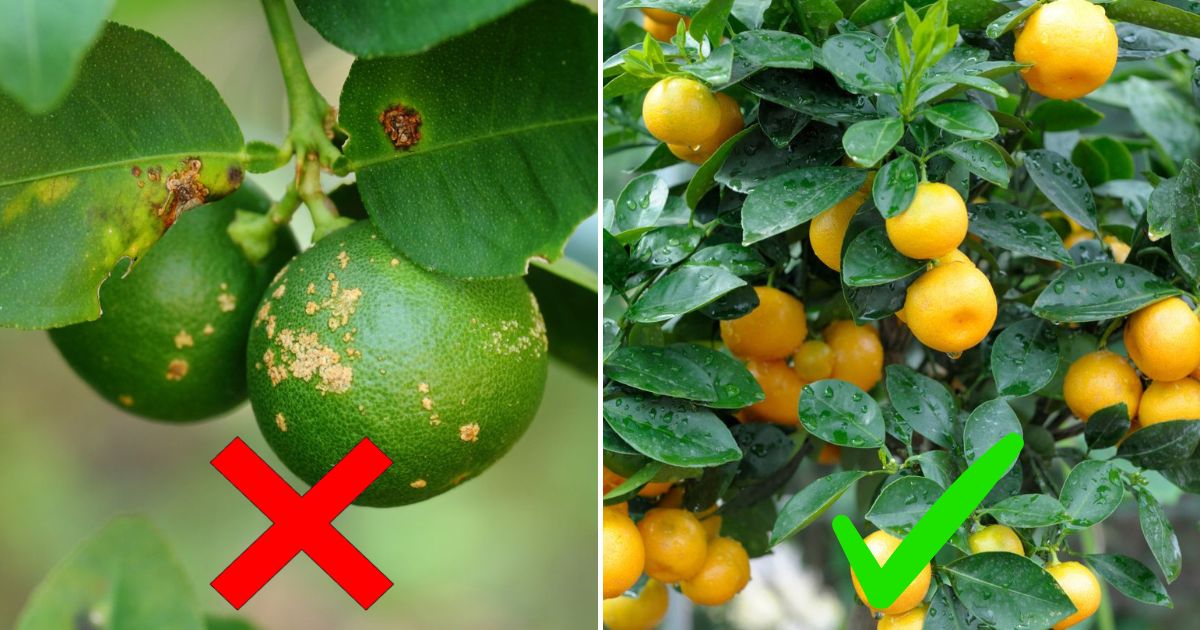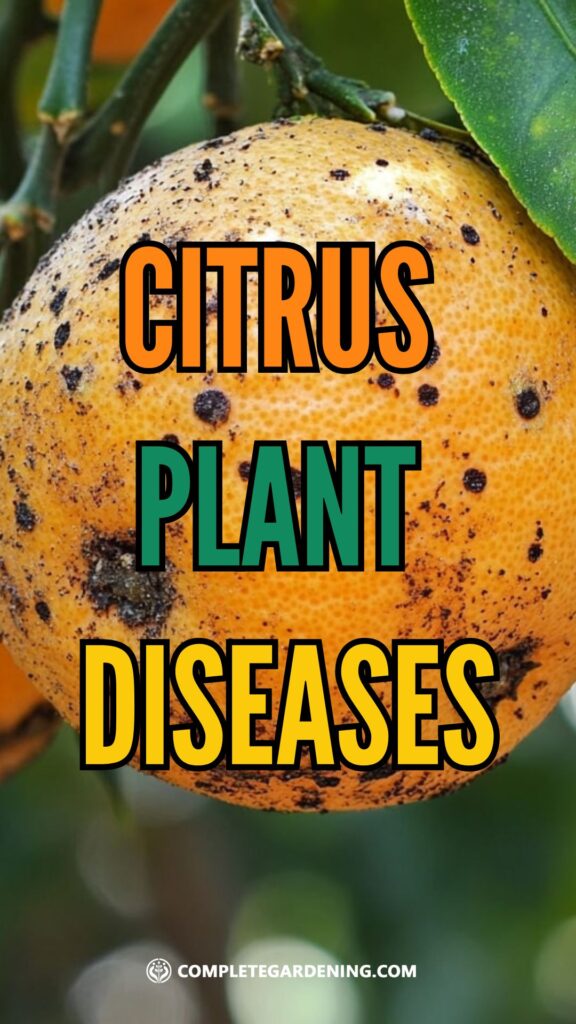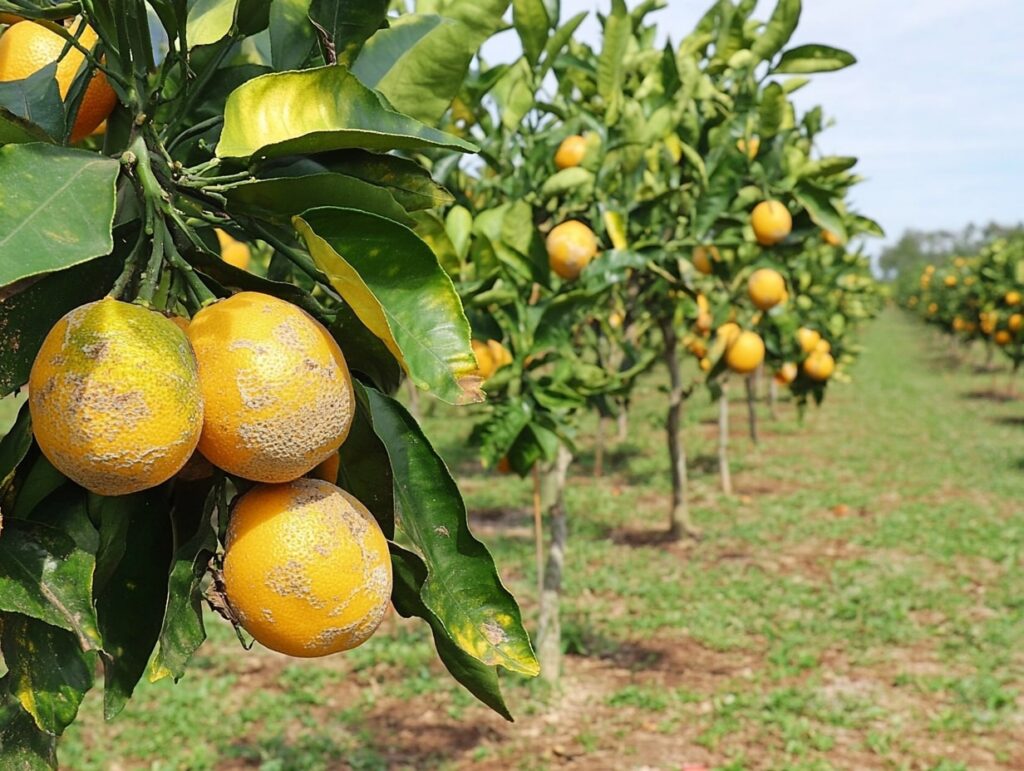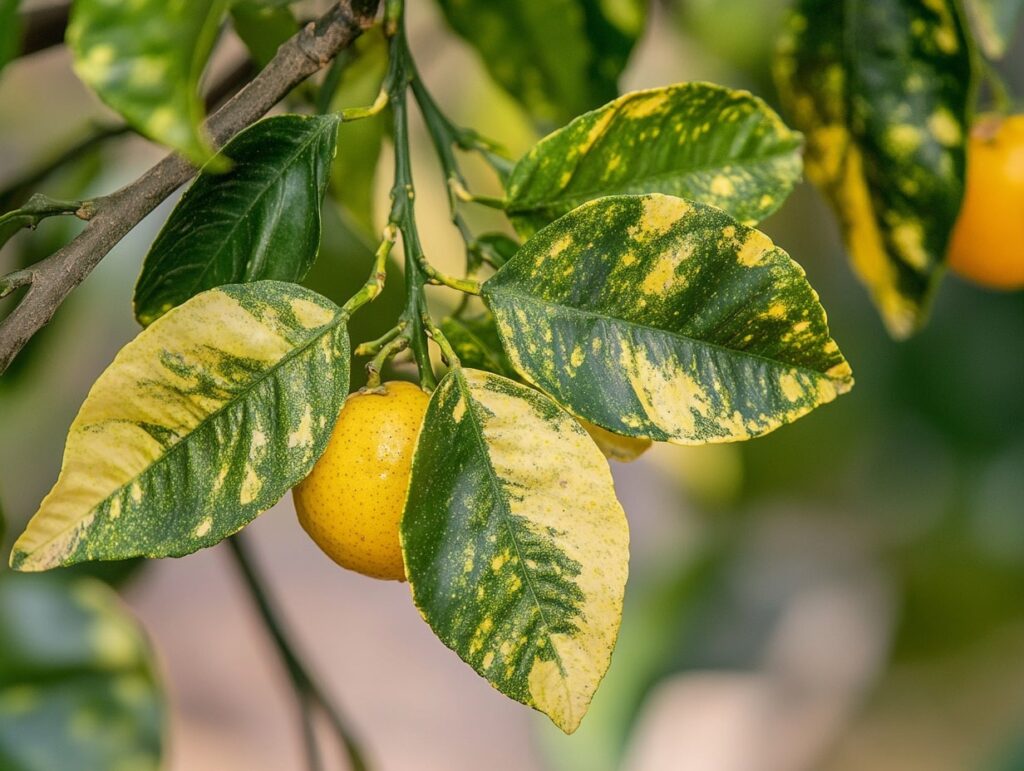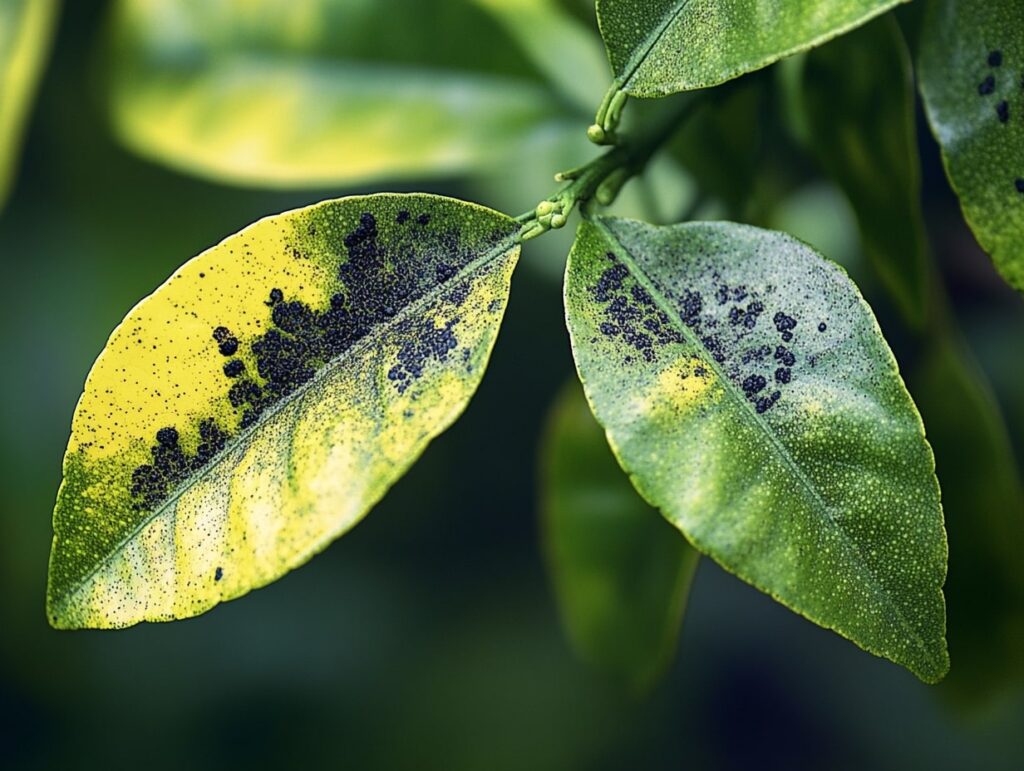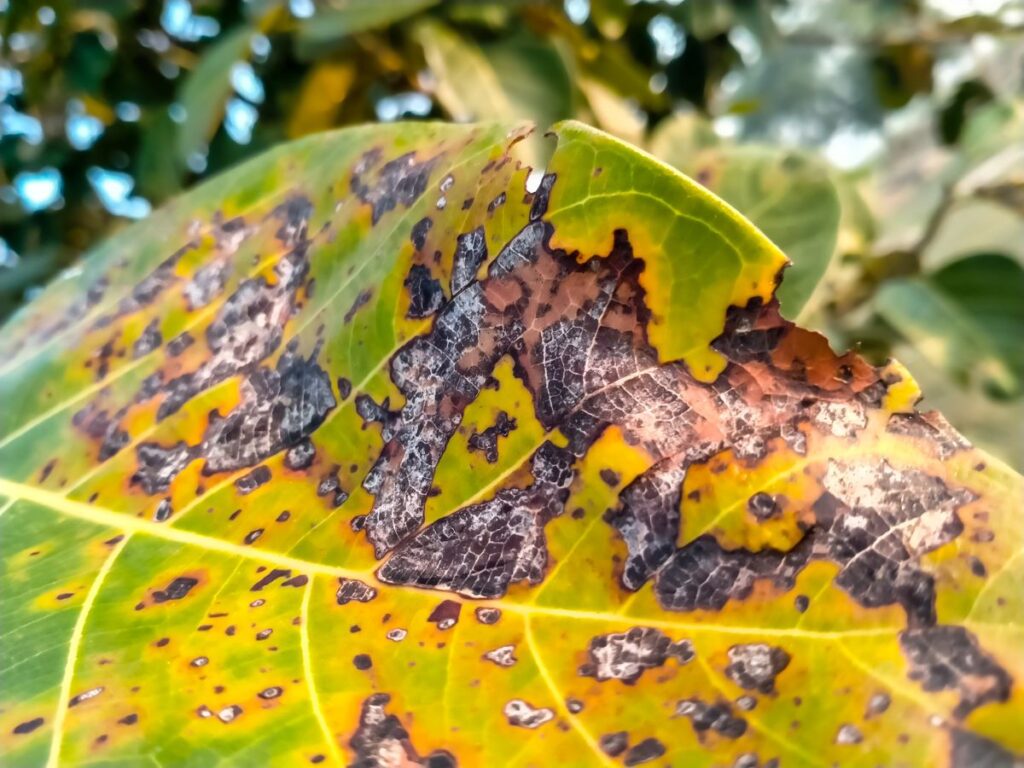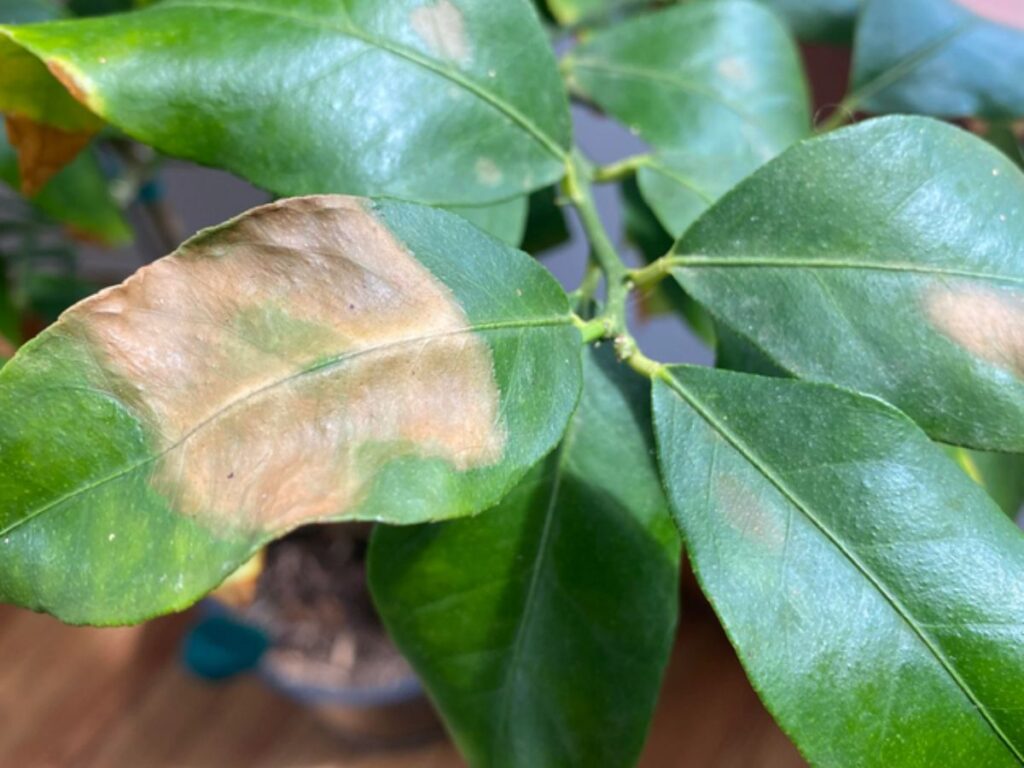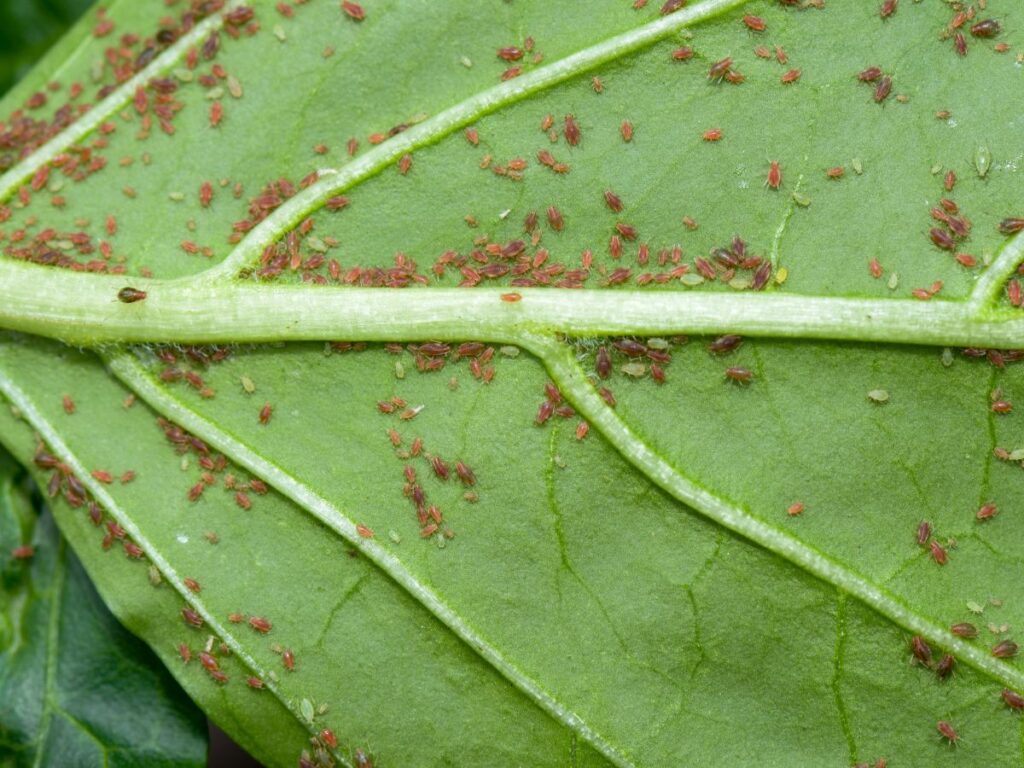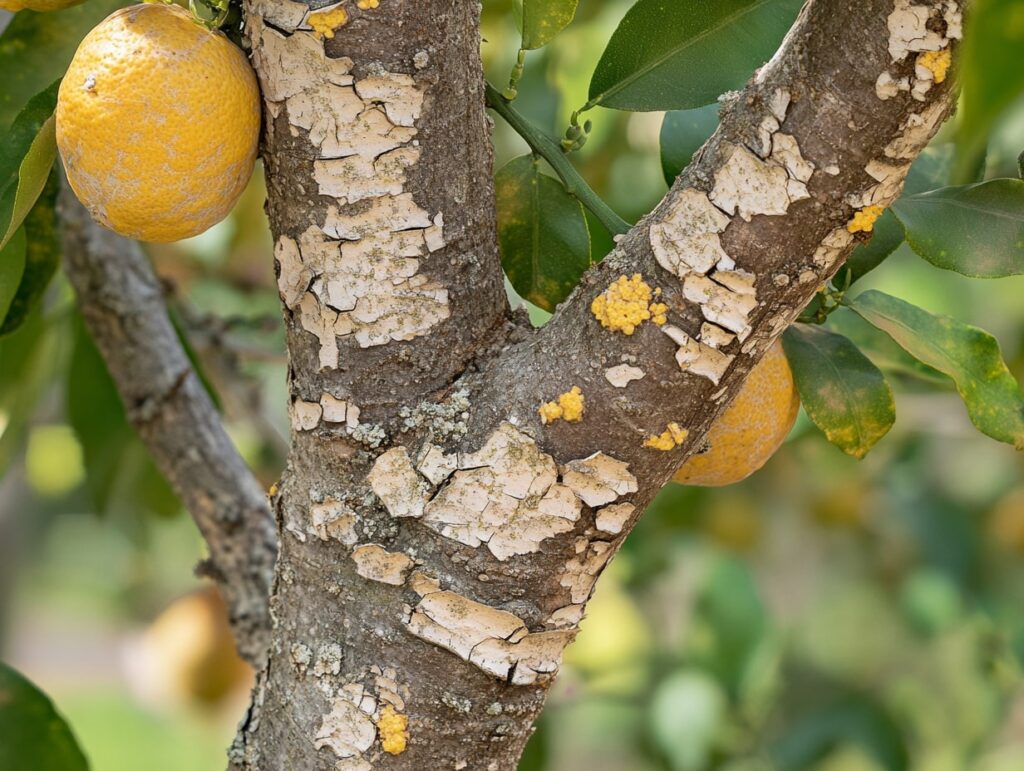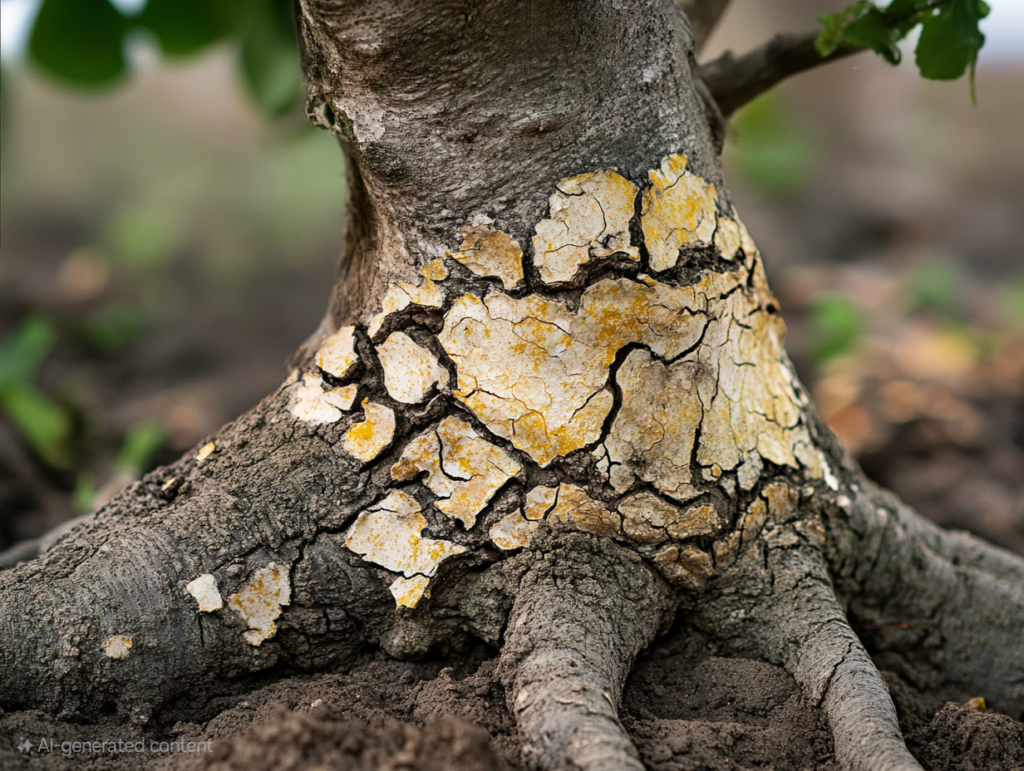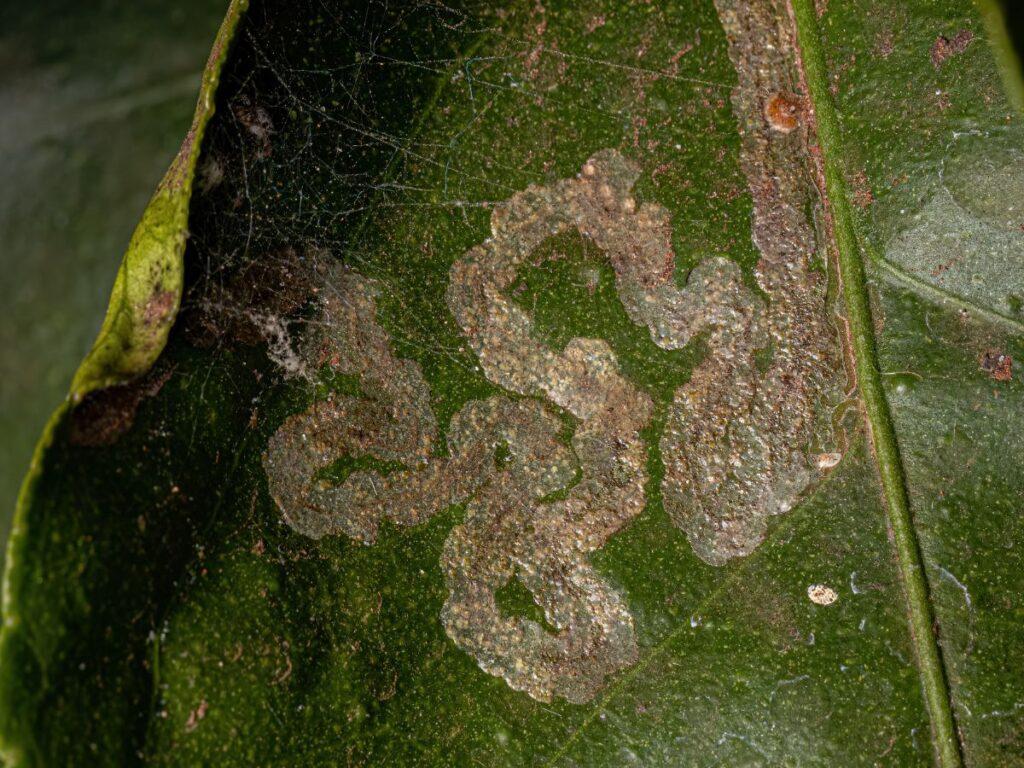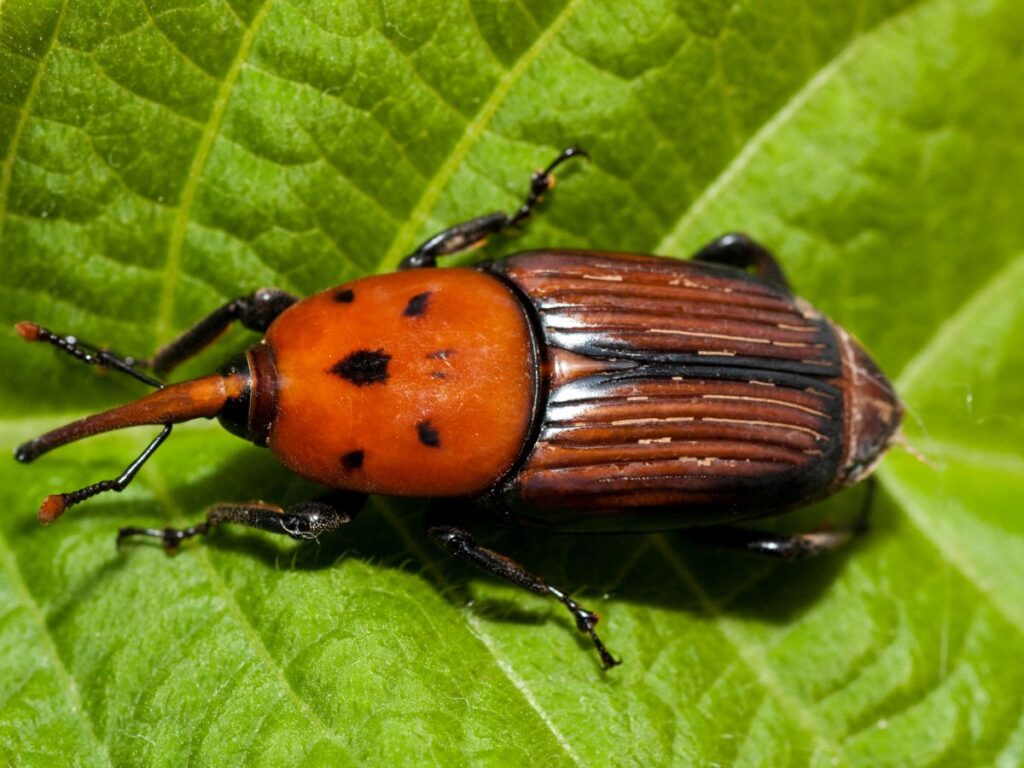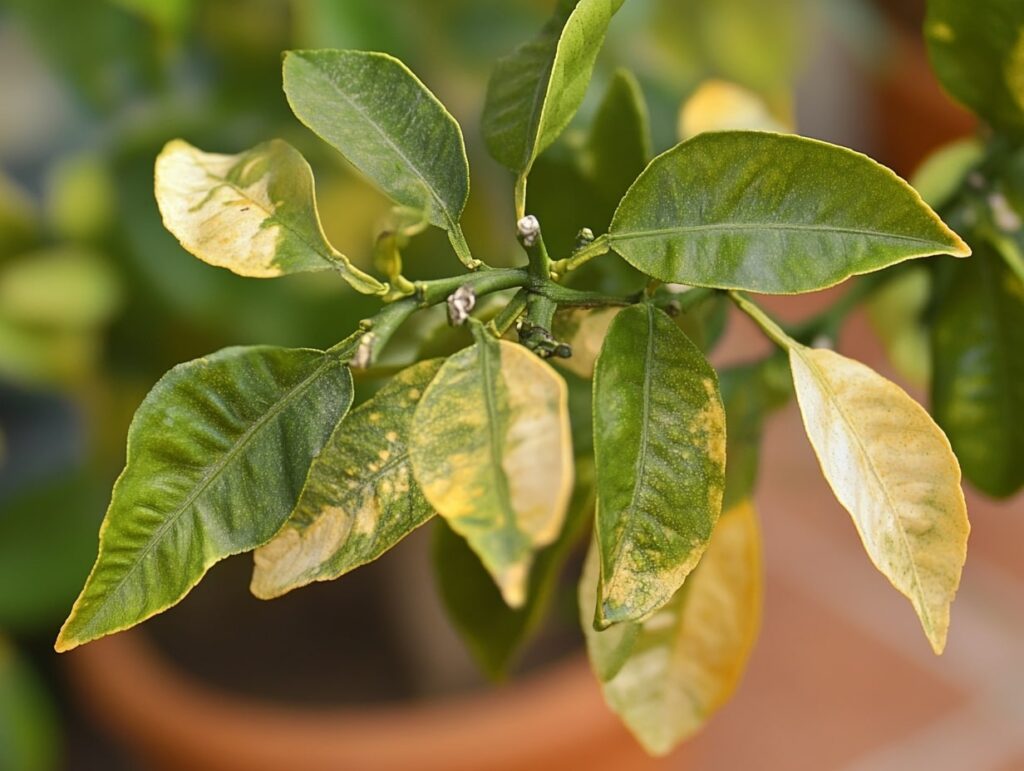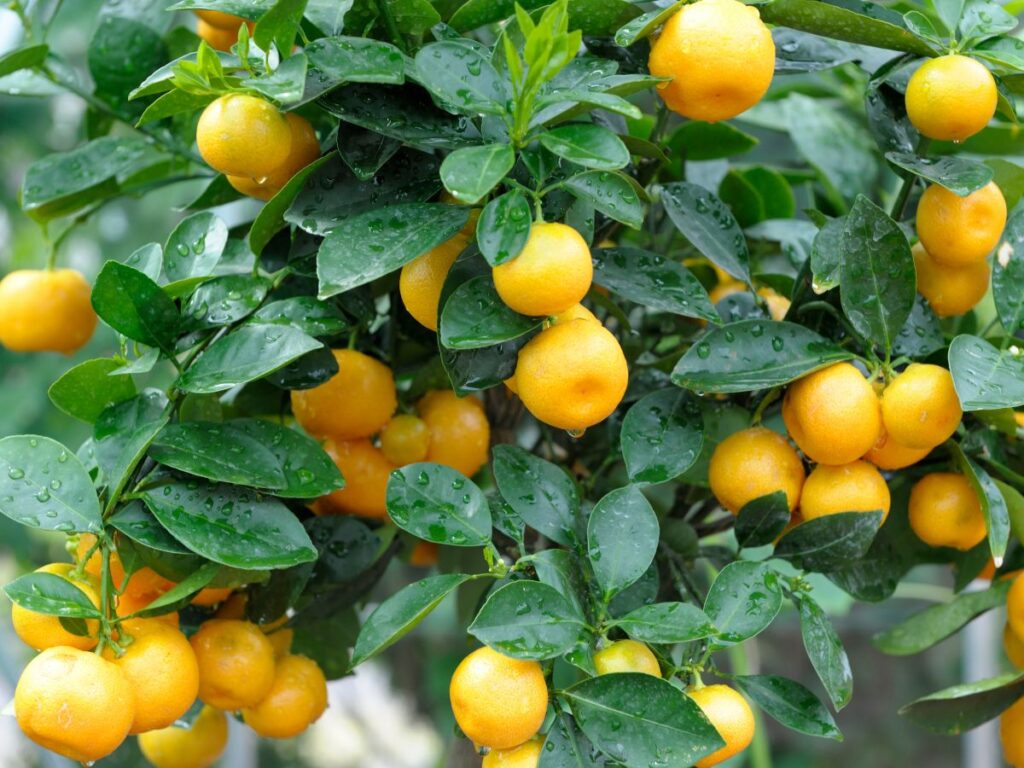Have you ever wondered what it takes to keep citrus trees thriving in the face of constant threats? Whether you’re savoring the zesty tang of a lemon or biting into the sun-kissed sweetness of an orange, these fruits hide a secret battle beneath their vibrant skins.
Citrus plants are under siege—from silent fungal invaders to relentless pests, all waiting to spoil your harvest.
But here’s the real kicker: those picture-perfect fruits at the grocery store don’t just happen by chance.
Behind every juicy orange and flawless grapefruit lies the tireless effort of farmers who battle against nature’s most challenging foes to deliver the perfect fruit to your table.
Even if you’re just nurturing a single lemon tree on your patio, understanding the diseases that can strike your citrus plants is crucial. The good news?
With the right knowledge and preventive care, you can fend off these threats and enjoy healthy, thriving trees with a bounty of delicious fruit. So, are you ready to uncover the secrets to protecting your citrus garden?
Common Citrus Diseases
Citrus plants face several diseases, each presenting unique challenges. Below, discover some of the most common diseases affecting citrus plants, exploring symptoms, impacts, and management strategies for each.
Citrus Canker
Citrus canker is a bacterial infection causing raised, corky lesions on leaves, stems, and fruit. It’s highly contagious and spreads easily through wind, rain, and contaminated equipment. Infected trees may experience significant leaf drop and fruit loss.
To manage citrus canker, consider implementing strict sanitation practices. Remove and destroy all infected material from the tree. Planting resistant varieties can help reduce risk.
In some areas, copper-based sprays may be applied to prevent the spread. Regular monitoring of trees is crucial to catch and manage infections early.
Huanglongbing (HLB, Citrus Greening)
Huanglongbing, also known as HLB or citrus greening, poses a severe threat to citrus plants. The disease is spread by an insect called the Asian citrus psyllid.
Symptoms include yellowing leaves, greening of fruit, and stunted growth. Unfortunately, trees infected with HLB eventually decline and die.
To prevent HLB, focus on controlling the psyllid population. Remove any infected trees promptly to curb further spread.
Careful selection of nursery stock and planting certified disease-free trees is essential. Some areas deploy biological controls to target the psyllid population effectively.
Citrus Black Spot
Citrus Black Spot is a fungal disease that affects the fruit’s exterior, causing black lesions and potentially making the fruit unmarketable. The infection thrives in warm, humid environments and typically spreads via rainwater and wind.
Controls for Citrus Black Spot include regular inspection of groves. Removing infected fruit and leaves is important. In aggressive infestations, fungicides might be recommended to manage the disease.
Good airflow through pruning can also reduce the humidity around trees, helping to minimize infection risk.
Citrus Variegated Chlorosis (CVC)
Citrus Variegated Chlorosis (CVC) is a bacterial disease seen mainly in warmer climates. It affects the leaves, leading to chlorotic, or yellow, spots between the veins. Over time, it reduces fruit size and yield.
Disease management focuses on controlling the spread. Removal of infected material is a significant step. Use of disease-free planting stock helps prevent initial infections.
In some regions, systemic insecticides may be used to manage the vectors responsible for spreading CVC. Regular monitoring supports early detection and management.
Fungal and Mold Infections
Citrus plants can fall prey to several fungal and mold infections, impacting both the health and yield of the trees. You will find information about Greasy Spot, Anthracnose, and Alternaria Brown Spot, all crucial to managing these infections effectively.
Greasy Spot
Greasy Spot is caused by the fungus Mycosphaerella citri. This disease primarily affects leaves, leading to yellow spots that eventually turn dark and greasy-looking. The fungus thrives in warm, humid environments, making it more common in certain regions.
Infected leaves may fall prematurely, affecting the tree’s ability to photosynthesize effectively. This can lead to reduced fruit yield and quality. You can manage Greasy Spot through cultural practices such as pruning and ensuring good air circulation.
Applying fungicides during susceptible periods is also beneficial in controlling the disease.
Anthracnose
Anthracnose, triggered by the fungus Colletotrichum gloeosporioides, affects a variety of citrus types. It often manifests as even, sunken lesions on twigs and fruit. The fungus can cause premature fruit drop and can even kill young shoots.
Moisture plays a significant role in the development of this disease, with wet conditions favoring spore germination. To fight Anthracnose, keep your trees well-pruned and remove any dead or dying plant material.
Fungicide sprays can provide an effective defense during the growing season. Make sure you have good drainage to prevent moisture buildup.
Alternaria Brown Spot
Alternaria Brown Spot attacks young leaves and fruits, primarily on tangerines and tangelos. It is caused by Alternaria alternata, leading to brown, necrotic spots on the affected areas. These spots often turn into holes or cracks, seriously affecting fruit marketability.
Regarding control, maintaining proper nutrient levels, particularly nitrogen, can help minimize damage. Additionally, destroy infected plant material to reduce spore spread.
Fungicides are also effective, especially when applied at bud break and other critical stages in the growth cycle. Monitoring weather conditions can help time these treatments for maximum effectiveness.
Viral and Viroid Diseases
In citrus plants, infections stemming from viruses and viroids pose significant challenges. These diseases can severely affect plant health, impacting yields and fruit quality. Understanding these diseases can aid in better management and prevention strategies.
Citrus Tristeza Virus (CTV)
CTV is one of the most destructive viral pathogens in citrus plants. It is spread by aphids, primarily the brown citrus aphid. Infected plants may exhibit stem pitting, seedling yellows, or quick decline, depending on the citrus variety and rootstock.
Symptoms result in poor fruit yield and tree death in severe cases. Management focuses on using resistant rootstocks, controlling aphid populations, and using virus-free materials for new plantings. Regular monitoring is crucial to detect early infestations and limit spread.
Citrus Psorosis Virus
Citrus Psorosis Virus manifests as scaling bark and ring spot patterns on leaves, branches, and fruits. It can severely impact the tree’s health over time. The transmission primarily occurs through vegetative propagation.
To keep this virus in check, it’s essential to practice good sanitation and use clean planting materials. Infected parts should be pruned and destroyed. Regular inspection of trees for symptoms can also help in early detection and management.
Citrus Exocortis Viroid
Citrus Exocortis Viroid affects primarily rootstocks, such as trifoliate orange and citrange, leading to bark scaling and reduced tree vigor. Infected trees often display dwarfing and stunted growth, affecting overall productivity.
This viroid is spread through contaminated tools and propagation materials. Sanitizing tools and using certified clean trees are primary preventative measures. Observational vigilance and regular check-ups can assist in identifying and removing affected plants promptly, helping maintain orchard health.
Pest-Related Diseases
Pests like the Citrus Leafminer and Citrus Root Weevils present significant challenges for citrus plants. They cause damage that impacts fruit quality, yield, and overall plant health. Identifying these pests and understanding their effects is essential for effective management.
Citrus Leafminer
The Citrus Leafminer is a small moth known for causing considerable damage to citrus leaves. Larvae create serpentine mines in the leaves, disrupting photosynthesis as they tunnel through the leaf tissue. You’ll often notice curled and distorted leaves, which can significantly reduce plant vigor.
Monitoring is crucial. You can spot adult moths and larvae using yellow sticky traps. Control measures typically include the use of insecticides and introducing natural predators such as parasitic wasps. Implementing these controls helps manage infestations without harming beneficial insects.
Biological controls can be particularly effective, offering a sustainable approach. Maintaining a balanced ecosystem in your garden or orchard will minimize the impact of these pests. Regular observation and timely interventions are key to preventing long-term damage to your citrus plants.
Citrus Root Weevils
Citrus Root Weevils are notorious for their ability to damage both the roots and foliage of plants. Adults feed on leaves, while larvae attack roots underground, weakening the plant’s structure. Signs of infestation include notched leaf margins and slowed plant growth.
Effective management often involves a combination of cultural, biological, and chemical controls. Monitoring for adult weevils can be done using traps or by direct observation. Introducing nematodes can help control larval stages in the soil. Proper irrigation and maintaining soil health further enhance plant resilience.
Chemical controls should be considered as a last resort, focusing on selective insecticides to avoid harming non-target species. Consistent monitoring and integrated pest management strategies are essential to protect your citrus plants from these persistent pests.
Nutrient Deficiencies and Disorders
Citrus plants often suffer from nutrient deficiencies which can hinder their growth and productivity. Two common issues are iron and zinc deficiencies, each affecting the plants in unique ways.
Iron Deficiency (Iron Chlorosis)
Iron deficiency, also known as iron chlorosis, often manifests as yellowing leaves with distinct green veins. This symptom usually appears on the newer growth first. Iron is crucial for chlorophyll formation, and when it’s scarce, the plant struggles to perform photosynthesis efficiently.
Factors contributing to iron chlorosis include high soil pH, poor drainage, or excessive phosphorous. You can manage this with chelated iron supplements or by adjusting the soil pH to around 6.0-6.5.
Regular soil tests will help you monitor nutrient availability, ensuring your citrus plants receive the necessary nutrients.
Zinc Deficiency
Zinc deficiency often presents as small leaves and short internodes, giving the plant a bunched appearance. Leaves may develop a mottled or bronzed look. This is particularly common in alkaline soils or where excessive phosphorous is present.
To correct zinc deficiency, you might want to use zinc chelates or foliar sprays, which can quickly provide the necessary nutrients. Additionally, maintaining balanced soil pH and consistent soil fertility can prevent future occurrences.
Ensure you apply fertilizers accurately, following specific guidelines to avoid further imbalance. Debugging these deficiencies early enhances the vitality and yield of your citrus plants.
Diseases are an inevitable part of growing citrus plants, but that doesn’t mean they have to ruin your gardening experience.
By staying vigilant and learning how to identify and manage common citrus diseases, you can keep your trees healthy and productive. Prevention is always the best cure—maintain good hygiene, prune regularly, and use disease-resistant rootstocks where possible.
When diseases do occur, early intervention is key. Understanding the symptoms and responding quickly can save your citrus plants from more severe damage.
